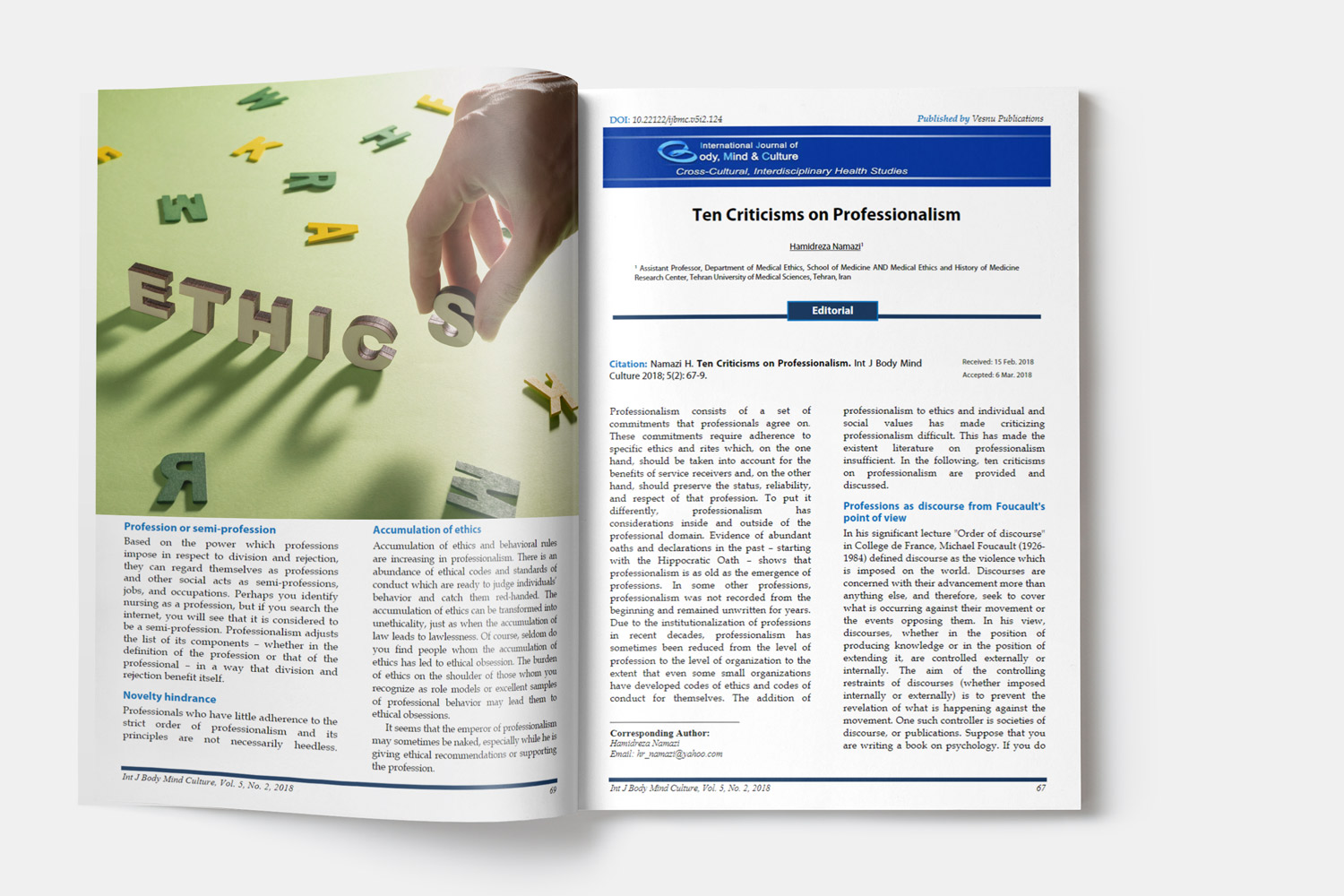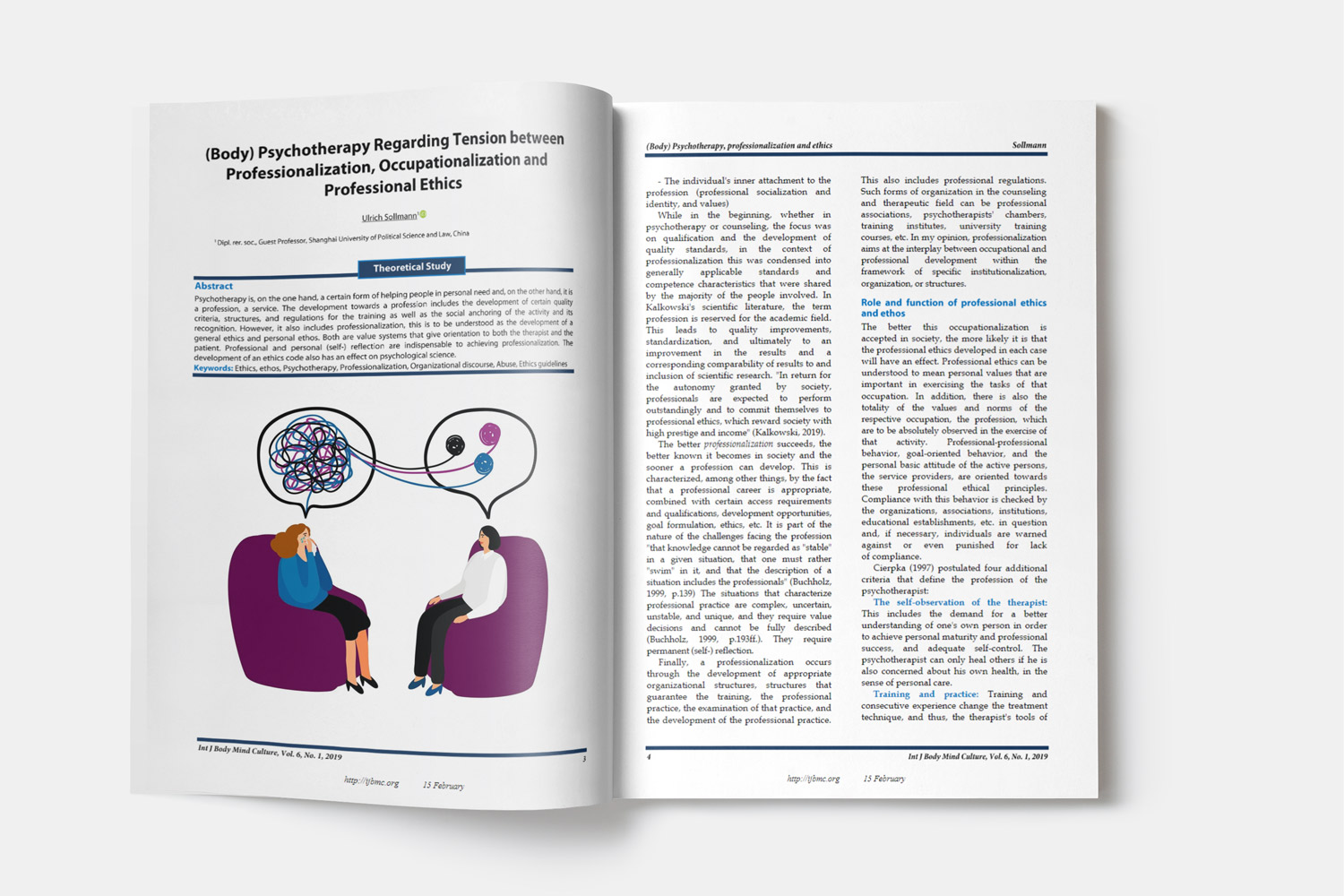Comparative Analysis of the Conventional Primary Healthcare Services and Family Health Program in Cairo, Egypt
Comparative Analysis of Primary Care Models in Cairo
Downloads
Background: Primary healthcare in Egypt has undergone significant reforms since the 1990s, including the pioneering Family Health Program (FHP). However, limited evaluation exists regarding the FHP's impact on enhancing the delivery of primary healthcare services. The primary objective of this study was to analyze and understand the efficiency and effectiveness of the FHP in altering the delivery of primary healthcare in Egypt. We aimed to outline the fundamental characteristics of the primary healthcare system, compare them between the conventional and the newly reformed FHP centers, and gauge the awareness level of these variances among key decision-makers, focusing specifically on Cairo, Egypt.
Methods: This cross-sectional study employed a mixed methods approach to evaluate and compare the quality of care between conventional clinics and FHP clinics in Cairo using the Consumer Assessment of Healthcare Providers and Systems (CAHPS) tool. The study population consisted of healthcare providers and municipal health authorities in Cairo. A purposive sampling method was used to select 19 FHP clinics and 12 conventional clinics, representing 75% of the total government primary care clinics in Cairo. Surveys were conducted among healthcare providers at these clinics, and interviews were conducted with 8 carefully selected municipal health authorities in supervisory roles. Descriptive statistics were used to summarize the survey responses. The chi-square (χ²) test was employed to examine variations in scores between FHP and conventional clinics, with significance attributed to differences at the P < 0.05 level. Cronbach's alpha was used to assess the reliability of the scales used within each primary care dimension.
Results: FHP clinics scored significantly higher on continuity of care (4.17 ± 0.37 vs. 3.68 ± 0.51, P = 0.05), family-centered approach (4.28 ± 0.59 vs. 2.97 ± 0.44, P = 0.01), and provider competency (4.29 ± 0.39 vs. 3.42 ± 0.99, P = 0.01) compared to conventional clinics. FHP clinics were more likely to offer domestic violence services (2.76 ± 1.49 vs. 1.80 ± 1.74, P = 0.02), tuberculosis treatment (2.73 ± 2.11 vs. 0.12 ± 0.34, P = 0.029), and prenatal care (4.75 ± 0.00 vs. 4.01 ± 1.56, P = 0.014).
Conclusion: While FHP clinics demonstrate benefits in continuity, family-focus, and provider competency, quality improvements are still required in both conventional and FHP clinics to achieve comprehensive, continuous, integrated, and patient-centered primary healthcare aligned with community needs. Further evaluations are warranted given the continued expansion of the FHP program.
Downloads
Copyright (c) 2024 International Journal of Body, Mind and Culture

This work is licensed under a Creative Commons Attribution-NonCommercial 4.0 International License.















